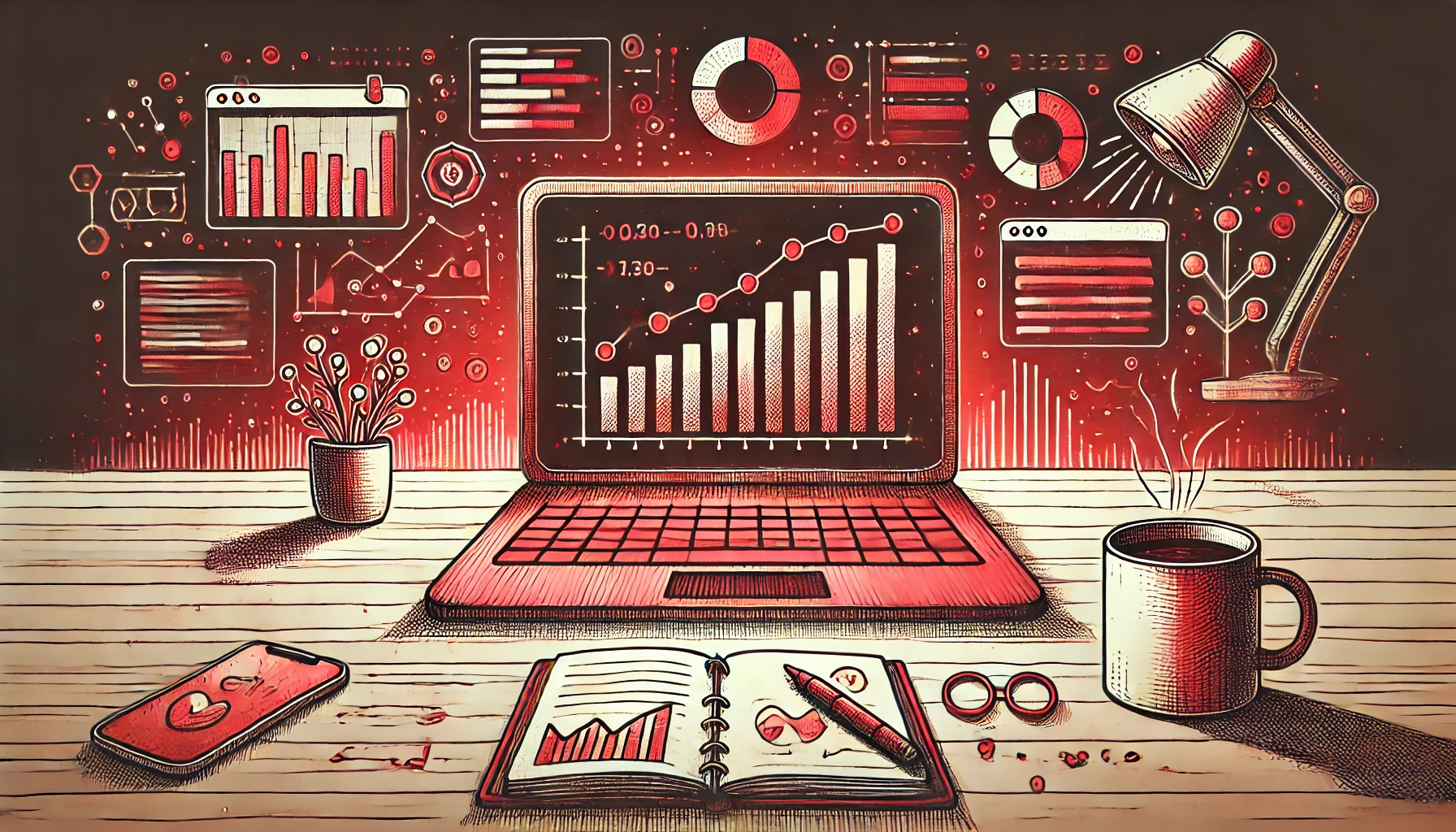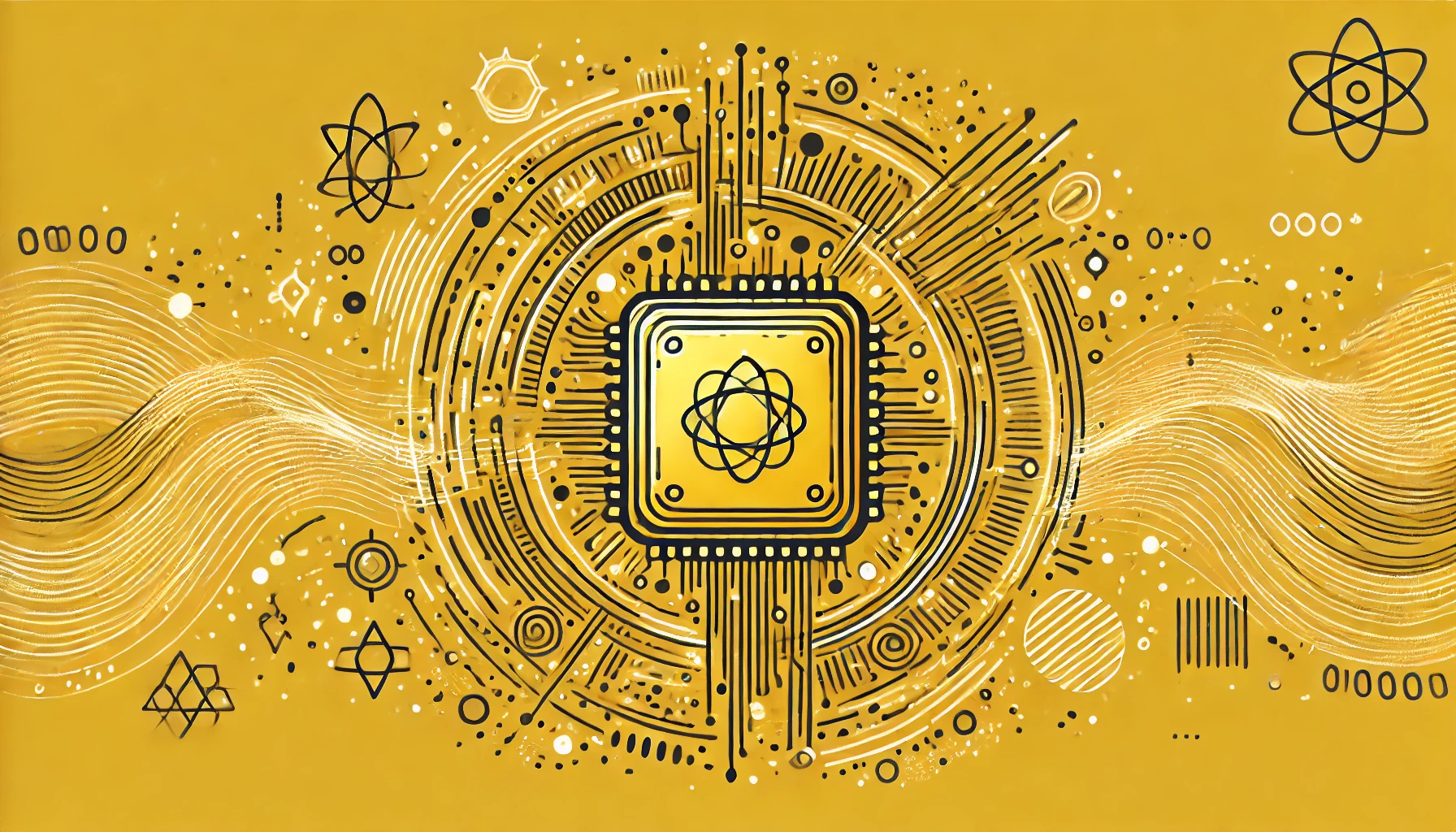Crack the Code to Data Science: Smart Hacks for Quick Mastery
Data science—it’s the art and science of making sense of the overwhelming amount of data we generate every day. From predicting customer behavior to identifying health trends, data scientists turn raw numbers into actionable insights. Sounds exciting, right? But how do you go from a beginner to a data science pro without feeling overwhelmed?
Let me show you how. By focusing on the essentials, leveraging the right tools, and adopting a smart approach, you can master data science faster than you ever thought possible.
Data Science Demystified: What Makes It So Powerful?
Before diving into how to learn, let’s talk about why data science matters. It’s not just about crunching numbers—it’s about telling stories with data, uncovering patterns, and making predictions that shape decisions.
Why pursue a career in data science?
- Endless Demand: Data scientists rank among the most in-demand professionals, with demand growing 28% year-over-year.
- High Salaries: Entry-level positions start at $90,000+, and experienced roles often exceed $150,000.
- Exciting Projects: From analyzing sports performance to combating climate change, data science has limitless applications.
Every time I look at a successful project, I’m amazed at how a simple dataset can change the course of a business or even save lives.
Build the Basics: Data Science 101
To conquer data science, you need a strong foundation. Start with these three pillars:
- Learn Python or R:
- Python is user-friendly, with extensive libraries for data science like Pandas and NumPy.
- R is powerful for statistical analysis and data visualization.
💡 Resource Tip: Use free platforms like DataCamp or Kaggle Learn to get started.
- Understand Statistics and Probability:
- Grasp concepts like mean, variance, correlation, and regression.
- Dive into probability distributions and hypothesis testing.
- Data Wrangling:
- Learn to clean and preprocess raw data. Tools like Pandas can handle missing values, duplicates, and outliers efficiently.
🎯 Pro Tip: Dedicate one week to each topic, focusing on exercises and real-world examples.
Visualize Your Insights: Data Visualization Tools to Know 🎨
Data visualization isn’t just about making things look pretty—it’s about clarity. Your ability to communicate findings effectively can set you apart.
- Matplotlib and Seaborn: Perfect for creating detailed graphs in Python.
- Tableau: A user-friendly tool for building interactive dashboards.
- Power BI: Ideal for business-centric visualizations.
When I first started creating visualizations, I realized how powerful a single well-designed chart can be. It’s not just about showing data; it’s about making people understand the story behind it.
Master Machine Learning Without Getting Overwhelmed 🤖
Machine learning is the heart of data science, but it doesn’t have to be intimidating. Focus on these beginner-friendly techniques:
- Linear Regression: Predict continuous outcomes (e.g., housing prices).
- Classification Models: Use algorithms like decision trees to predict categories.
- Clustering: Group data into meaningful clusters (e.g., customer segmentation).
💡 Hack: Use tools like Scikit-Learn to implement machine learning models with just a few lines of code. Platforms like Google Colab let you practice in real-time, without setup hassles.
Real-World Projects: Where Learning Becomes Mastery 💻
Theory is great, but hands-on projects are where the magic happens. Here are three beginner-friendly ideas:
- Customer Churn Prediction: Use historical data to predict which customers are likely to leave a service.
- Movie Recommendation System: Analyze user ratings to build a basic recommendation engine.
- Sentiment Analysis: Analyze tweets or reviews to determine whether they’re positive, negative, or neutral.
🎯 Pro Tip: Share your projects on GitHub and write about your process. Employers love to see detailed explanations.
The Secret Sauce: Joining Data Science Communities 🌐
Learning alone can be challenging. Joining a community not only keeps you motivated but also opens doors to new opportunities.
- Kaggle: Participate in data science competitions to apply your skills.
- Reddit: Subreddits like r/datascience and r/learnmachinelearning are treasure troves of advice.
- LinkedIn: Share your progress and connect with industry professionals.
I still remember my first Kaggle competition—it was challenging but incredibly rewarding. The feedback and camaraderie were invaluable.
Certifications: Boost Your Credibility 🎓
While not mandatory, certifications can give you an edge. Here are some worth considering:
- Google Data Analytics Professional Certificate: A beginner-friendly course that covers the fundamentals.
- Microsoft Certified: Azure Data Scientist Associate: Focuses on machine learning in Azure.
- IBM Data Science Professional Certificate: A comprehensive introduction to the field.
💡 Hack: Use platforms like Coursera or edX for affordable certification courses.
Final Thoughts: The Road to Becoming a Data Scientist
Data science is not just a skill—it’s a mindset, a way of thinking critically and creatively about problems. As I reflect on the journey I took into this field, I realize that what sets successful data scientists apart is their curiosity and resilience. It’s not about knowing everything; it’s about knowing how to find solutions.
So, where do you begin? Maybe it’s downloading Python or R, signing up for a free statistics course, or joining your first Kaggle competition. Whatever your starting point, the key is to take that first step.
Remember, data science is as much about asking the right questions as it is about finding answers. With determination, practice, and the right resources, you’re not just learning a skill—you’re stepping into one of the most exciting fields of our time. The world of data is waiting. Will you be the one to crack the code?














Post Comment